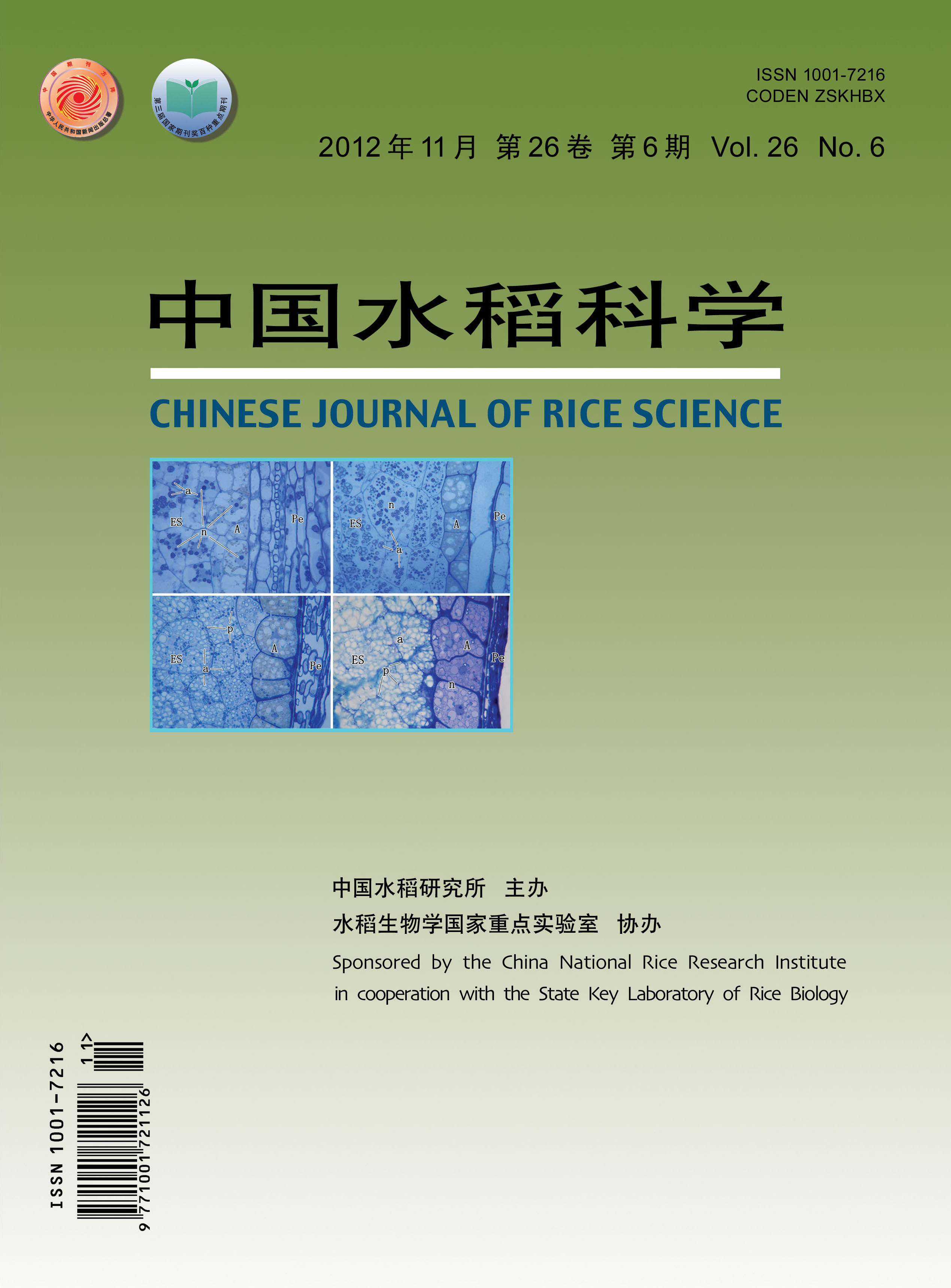|
|
Effects of Returning Wheatresidue to Field and Nitrogen Management on Grain Weight and Quality of Superior and Inferior Grains in Super Rice
CHEN Peifeng1, DONG Minghui1,2,*, GU Junrong1, HUI Feng3, QIAO Zhongying1, YANG Daifeng1,LIU Tengfei1
2012, 26(6):
715-722.
DOI: 10.3969/j.issn.10017216.2012.06.011
With the super indica rice Yangliangyou 6 and japonica rice Nanjing 45 as materials, the effects of returning wheatresidue to field and nitrogen management on grain weight and quality of superior and inferior grains were investigated. The results showed that the influence of the two treatments differed among different cultivars and grain positions. Compared with the contrast, the 1000grain weight (KGW), crude protein content (CPC), breakdown viscosity (BDV) increased under the treatment of returning wheatresidue to field, while the head milled rice rate (HMRR), chalkiness degree (CD), amylose content (AC) and setback viscosity (SBV) reduced. Compared with the basal to tiller fertilizer ratio of 5∶5, the KGW, CD, AC, BDV increased at the basal to tiller fertilizer ratio of 7∶3, while the HMRR, CPC, SBV reduced. The regulatory role in the KGW, HMRR, CD were significantly greater in inferior grains than those in the superior grains. The interaction effects existed between nitrogen management and wheat residuereturning on KGW, HMRR, CPC. Under the treatment of returning wheatresidue to field, the nitrogen application at a basal to tiller fertilizer ratio of 5.5∶4.5 or 6∶4 could coordinate the formation of the grain weight and quality.
|

